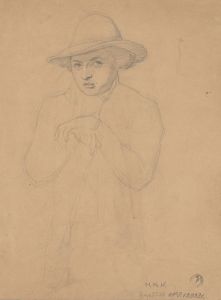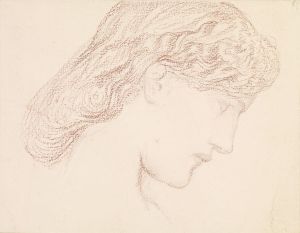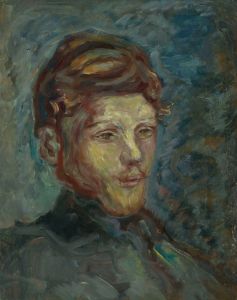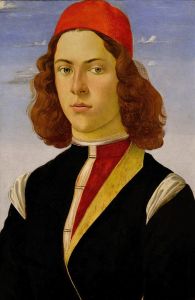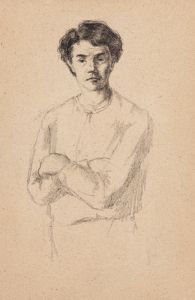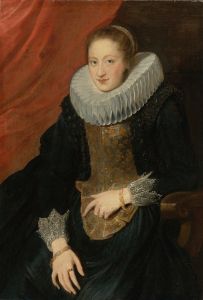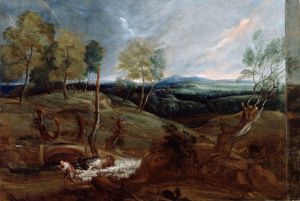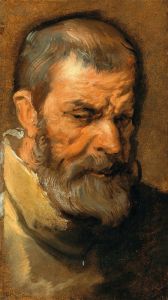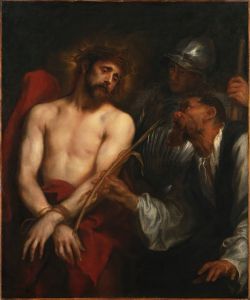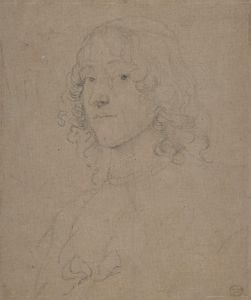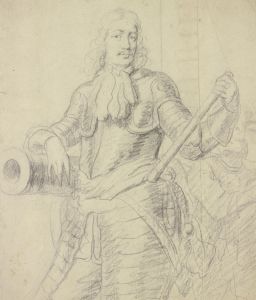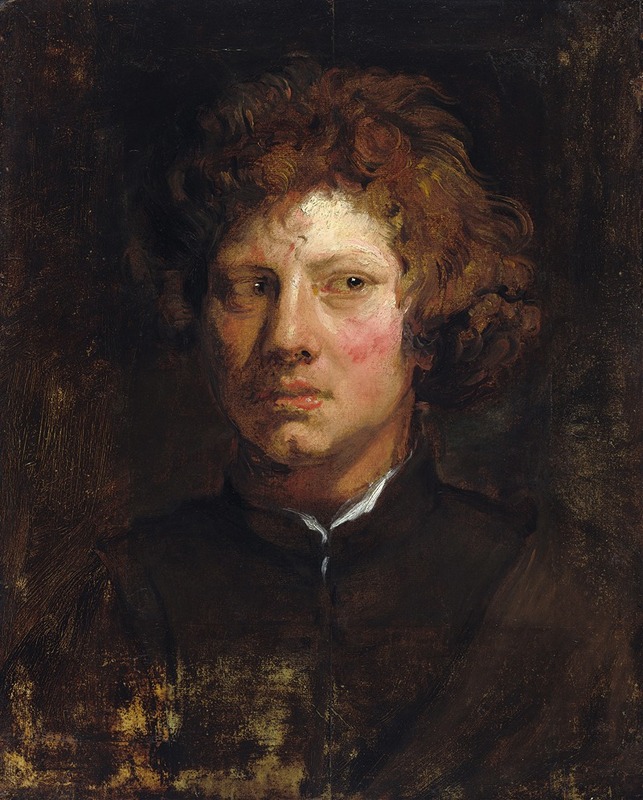
Head of a Young Man
A hand-painted replica of Anthony van Dyck’s masterpiece Head of a Young Man, meticulously crafted by professional artists to capture the true essence of the original. Each piece is created with museum-quality canvas and rare mineral pigments, carefully painted by experienced artists with delicate brushstrokes and rich, layered colors to perfectly recreate the texture of the original artwork. Unlike machine-printed reproductions, this hand-painted version brings the painting to life, infused with the artist’s emotions and skill in every stroke. Whether for personal collection or home decoration, it instantly elevates the artistic atmosphere of any space.
"Head of a Young Man" is a painting by the renowned Flemish Baroque artist Anthony van Dyck. Van Dyck, born in 1599 in Antwerp, was a prominent painter known for his portraits and was a leading court painter in England. He was a student of Peter Paul Rubens, another master of the Baroque period, and his influence is evident in van Dyck's work.
The painting "Head of a Young Man" exemplifies van Dyck's skill in capturing the human form and expression with remarkable sensitivity and detail. Although specific details about the painting's creation, such as the exact date and the identity of the young man depicted, are not well-documented, it is generally believed to have been painted during van Dyck's mature period. This was a time when he was deeply engaged in portraiture, capturing the likenesses of various individuals with a keen eye for character and emotion.
Van Dyck's technique in this painting reflects his mastery of chiaroscuro, the use of strong contrasts between light and dark to achieve a sense of volume and three-dimensionality. The young man's face is illuminated, drawing the viewer's attention to his contemplative expression. The background is typically subdued, allowing the subject's features to stand out prominently. This focus on the face and expression is a hallmark of van Dyck's portraiture, where he often sought to convey the inner life and personality of his subjects.
The painting is executed with a delicate brushwork that highlights van Dyck's ability to render skin tones and textures with a lifelike quality. The subtle gradations of light and shadow across the young man's face demonstrate van Dyck's understanding of human anatomy and his ability to translate that knowledge into paint. This skillful handling of paint and light contributes to the painting's overall sense of realism and immediacy.
"Head of a Young Man" is part of a broader tradition of portrait studies that were common during the Baroque period. Such studies were often used by artists to explore different facial expressions, lighting conditions, and compositional techniques. While the specific purpose of this painting is not documented, it may have served as a preparatory study for a larger work or as an independent exploration of portraiture.
The painting is housed in a collection that appreciates van Dyck's contribution to art history, though the exact location of this particular work may vary as it could be part of a private collection or held in a museum. Van Dyck's portraits, including "Head of a Young Man," continue to be celebrated for their elegance, psychological depth, and technical proficiency. His influence on portraiture extended beyond his lifetime, impacting artists in England and across Europe.
In summary, "Head of a Young Man" is a testament to Anthony van Dyck's exceptional ability to capture the essence of his subjects with grace and precision. Through his adept use of light, shadow, and composition, van Dyck created a work that remains a significant example of Baroque portraiture.





